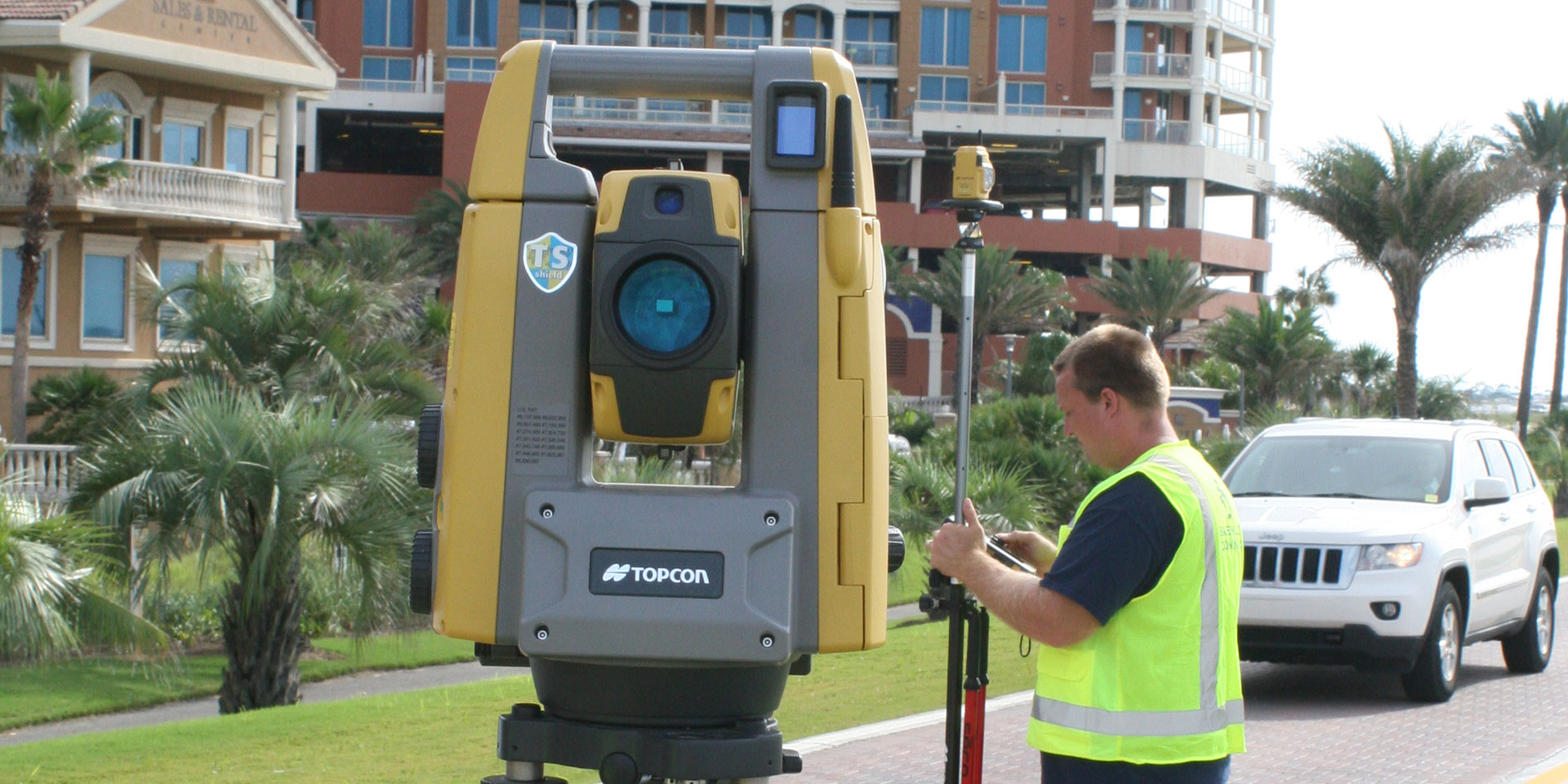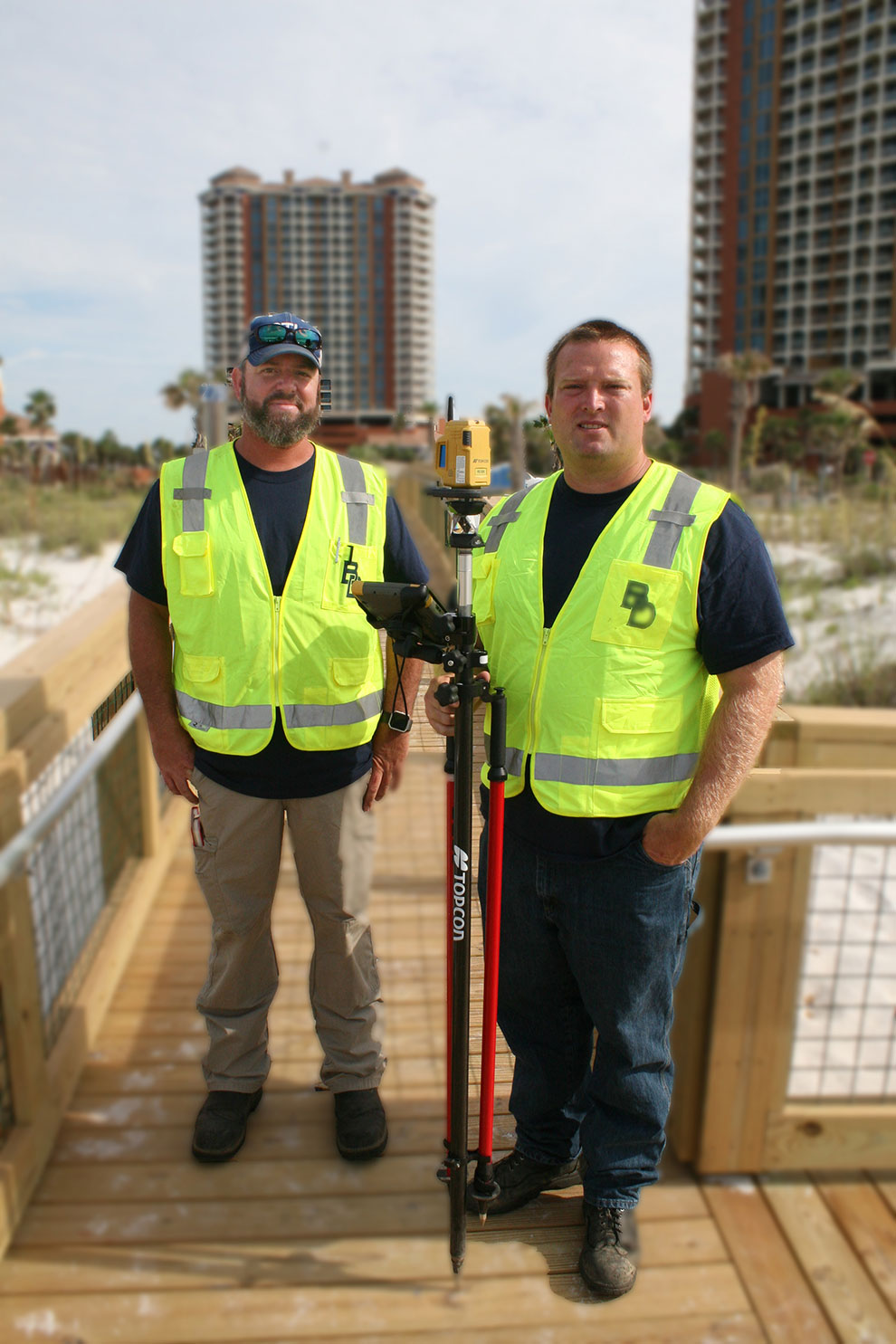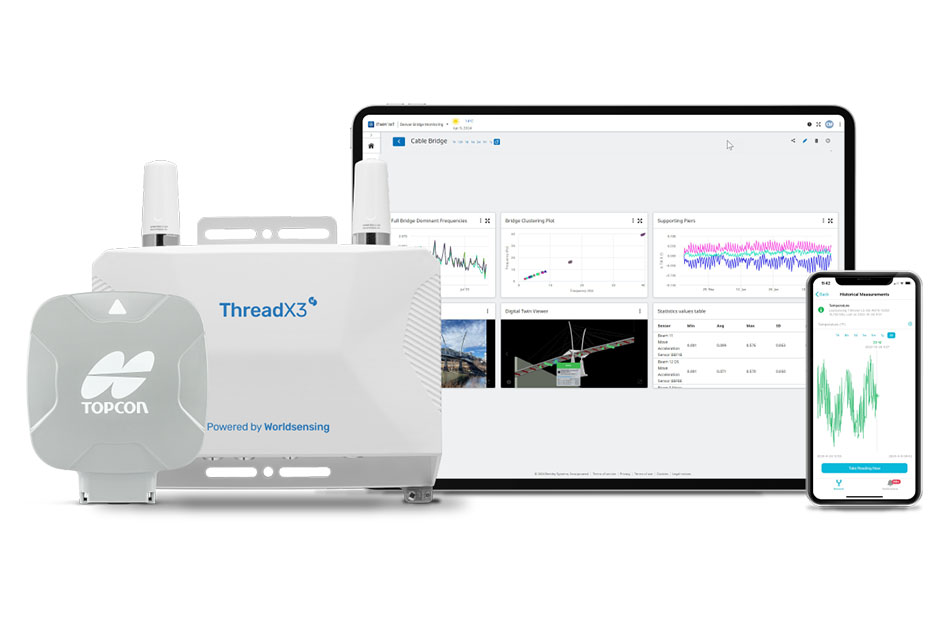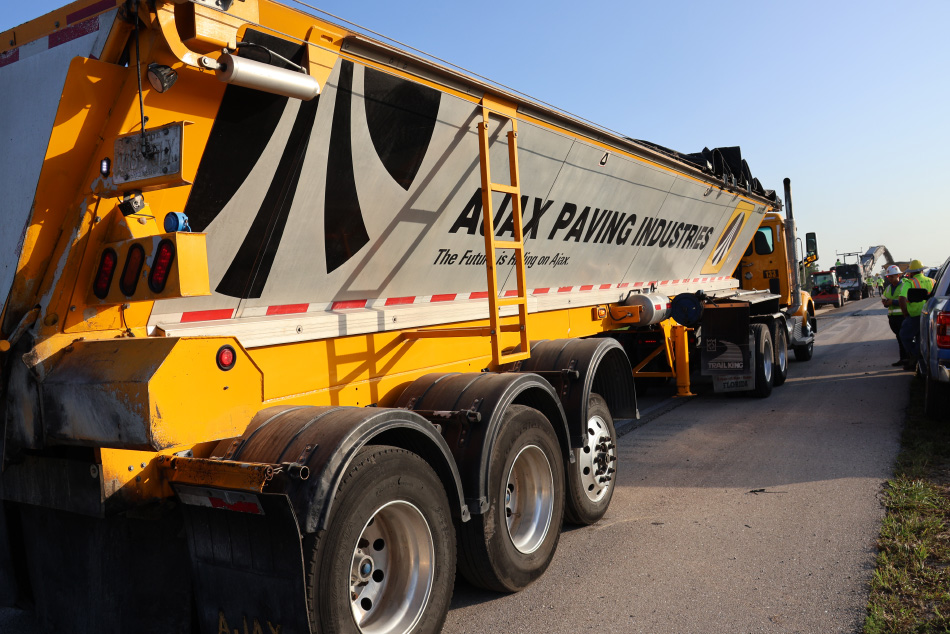A Different Pensacola
The mere mention of Pensacola generally conjures up images of throngs of inebriated college-age spring-breakers partying on pristine beaches. While that is the case for several weeks each spring, the area is actually dotted with a number of military and defense industry installations, including Pensacola Naval Air Station, the Naval Technical Training Center, Eglin Air Force Base, and more. That solid federal presence, coupled with ongoing, tourist-driven municipal work, fuels a steady construction market. According to Jeremy Perdue, one of BDI’s crew chiefs, the combination of those factors — and a general feeling that it was time to move forward — were enough to make the firm want to expand the capability of their survey function.
“We recently acquired some new business opportunities, including a large client here in Pensacola who will be using us exclusively for all their construction layout,” he said. “In addition we’ve worked hard over the years to maintain a steady flow of municipal work; we are currently performing a four-mile topo of a walking/bike path for the Santa Rosa Island Authority. Until recently, our existing survey technology — an older total station and very basic data collector running older software — was beginning to show its age, so to speak. We knew that, if we wanted to be able to provide the best level of service possible, an upgrade was in order.”
Give it Some Space
Perdue said that, before coming to BDI, both he and his colleague, fellow crew chief Andy Phillips, used an older robotic total station at their respective previous positions. He said that they each found the solution at that time to be relatively slow and prone to losing the target. While he could understand losing the prism when it was out of range, they were also frustrated when the instrument would not read because it was too close.
“You wouldn’t think that close proximity would be an issue, but it was,” he said. “The instrument would struggle to lock in when it was within, say, 10 to 15 feet. Unfortunately, there are a lot of times when things do get that close. Construction sites are a great example; you often don’t have the luxury to put the instrument wherever you want and quickly find the rod and gun literally on top of each other — with production suffering as a result of it.
At BDI, topos, boundary surveys and so on, were traditionally handled using an older non-robotic instrument which, according to Robert Scott Mills, PLS, the company’s survey manger, had its shortcomings. He felt those liabilities could be alleviated by moving to a robotic total station.
“The two main benefits of a robotic total station are its speed and accuracy,” he said. “In construction staking, the robotic station can provide outstanding tolerance accuracy —generally not the case with conventional total stations. It also allows a one- or two-man crew to be on the staking side of the project, eliminating the need for an instrument operator to be bound to the side of the instrument. The resultant efficiency can be measured in survey times reduced by hours.”
A Phone Call Away
When the decision was made to proceed with the upgrade, BDI contacted Roger Wheeler, sales representative for Lengemann of Florida, the regional Topcon dealer. According to Andy Phillips, Perdue’s colleague and fellow crew chief, several companies were actually contacted about a replacement solution to meet BDI’s needs. Not all of them responded as one might think.
“We contacted three manufacturers’ reps: Lengemann and two others,” he said. “Of those two, one took forever to contact us, and the other never even returned our phone calls. Lengemann, on the other hand, got right back to us. Roger made sure we had all the info we needed up front and even gave us a loaner for a week to see if we liked it — which we obviously did. So, even before we started discussing pricing, I knew I didn’t want to deal with either of the other companies.”
For his part, Wheeler said providing a loaner instrument, while not always feasible, can often be a game-changer to a prospective customer. “Even the best sales pitch is no match for hands-on use,” he said. “Especially when the instrument is as impressive as the one BDI was looking at: the Topcon GT-503, a robotic total station. They were able to put it through its paces in their specific applications and see the difference it could make. I knew it was the solution they needed and after seeing it in action, they agreed.”
Quick and Easy
BDI opted for a package that included the GT with a Topcon field controller running its MAGNET Enterprise software. According to Phillips, the unit’s ability to find and lock onto the prism was truly impressive. “When we first started using it, I had to keep verifying that it was really nailing the position so well — we just weren’t used to that. But it was, and the accuracies were within thousandths. It was almost too hard to believe.”
The robotic total station BDI selected is a trimmed down (30% smaller and lighter) version of previous models. It brings added versatility to the firm’s survey operation, providing the efficiency of a single-operator robotic system, the power of long range reflectorless measurement and the ability to perform as a hybrid positioning solution. Utilizing UltraSonic gearless motors, the GT responds at an impressive 180 degrees per second, resolving any delay issues they might have had with other robots in the past.
Perdue added that using the software in conjunction with the data collector has made topos and other operations a snap. “The setup is extremely simple, which is another thing we really liked in the trial,” he said. “Anyone who knows even just a little bit about surveying can just get on this and, within half an hour, be working.”
The Path to Productivity
BDI recently had an opportunity to prove out the benefits realized by the addition of the new robotic unit. On a project conducted for the Santa Rosa Island Authority, the company was asked to perform a topo of a pedestrian walk/bike in Pensacola Beach for an expansion and repaving project.
“There is a four-mile section of walkway that is popular with area runners, walkers, and cyclists and stretches from a beachside high-rise development known as Portofino all the way into the center of Pensacola Beach itself,” said Perdue. “The goal of the topo was to determine what obstacles — valves, hydrants, power lines, etc. — are in place prior to the project itself. Had we been using a conventional total station, gathering that data would easily have taken a couple of weeks; we did it in half that time. In fact, we actually did two miles in just over two days and that was in a residential area in which we had to deal with more driveways and additional things to locate. We just flew through it.”
He added that, even though they were shooting only ten feet to either side of the path, they shot roughly 4,000 points in that short time. “The thing is, with this unit, we can easily do 1,000 shots a day — and that would have been unheard of in the past,” said Perdue. “There was some reluctance to the new purchase at first. Shortly after we got it, however, it became apparent to everyone that, based on the speed and accuracy of the GT-503 alone, going to the robotic unit was the best move we could have made.”
BDI’s Mills added that quantifying their investment in the new solution can be measured by the ability of a one man survey crew to perform a survey with ease and accuracy, which can greatly increase productivity. “This, in turn, results in higher customer satisfaction, a competitive edge, added versatility and increased profits, he said. “Those increases made the upgrade investment a logical and easy decision.”
Another case made for change.
















